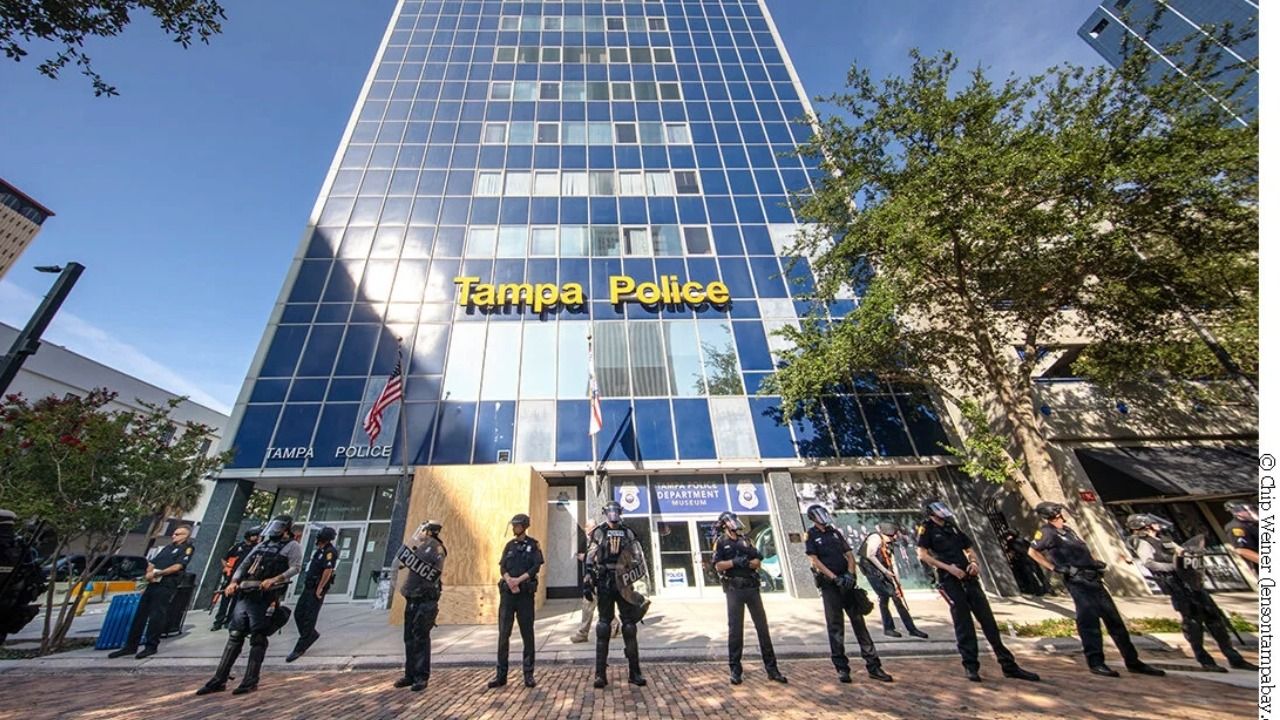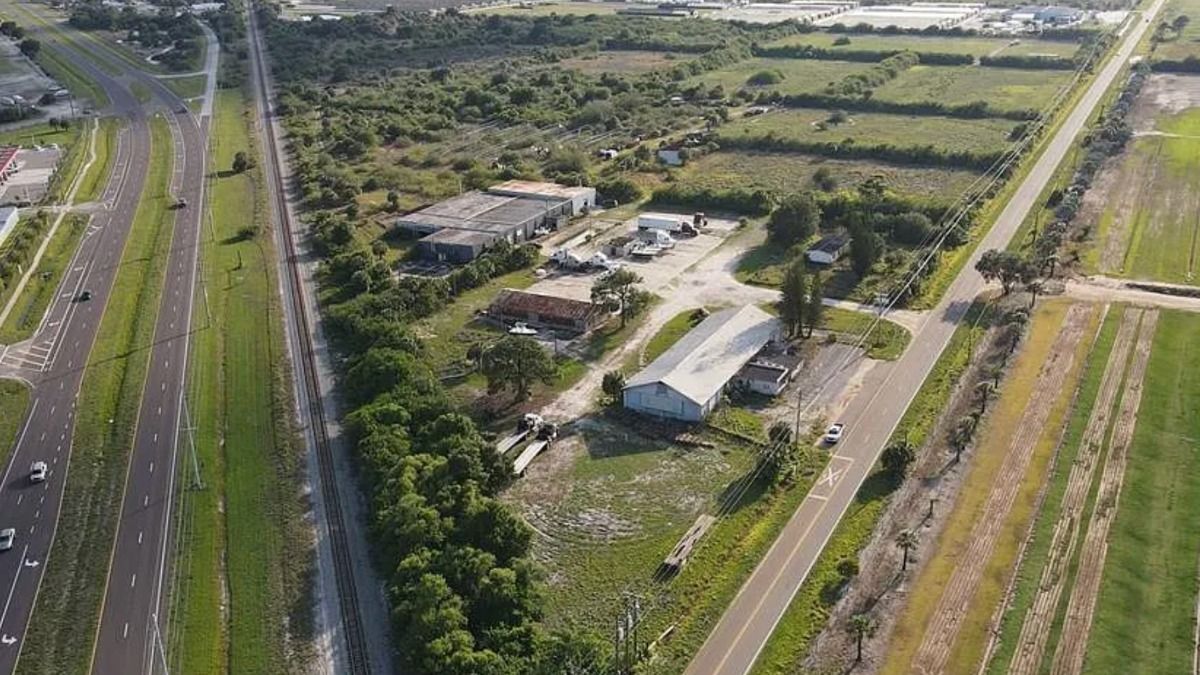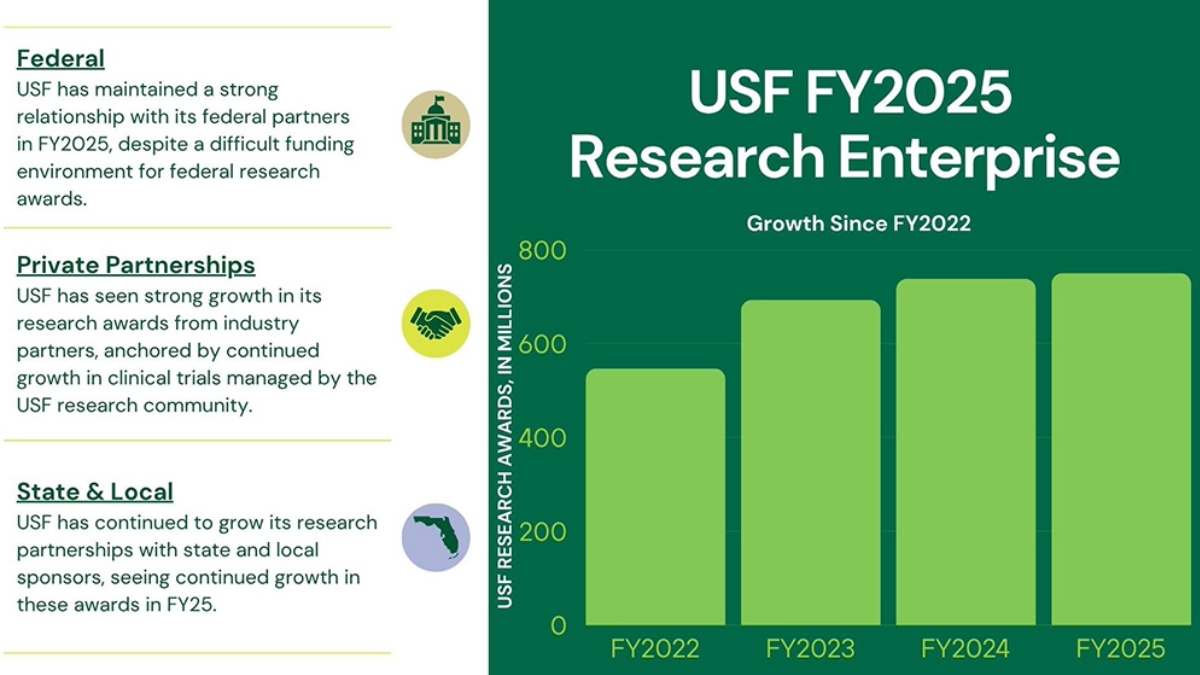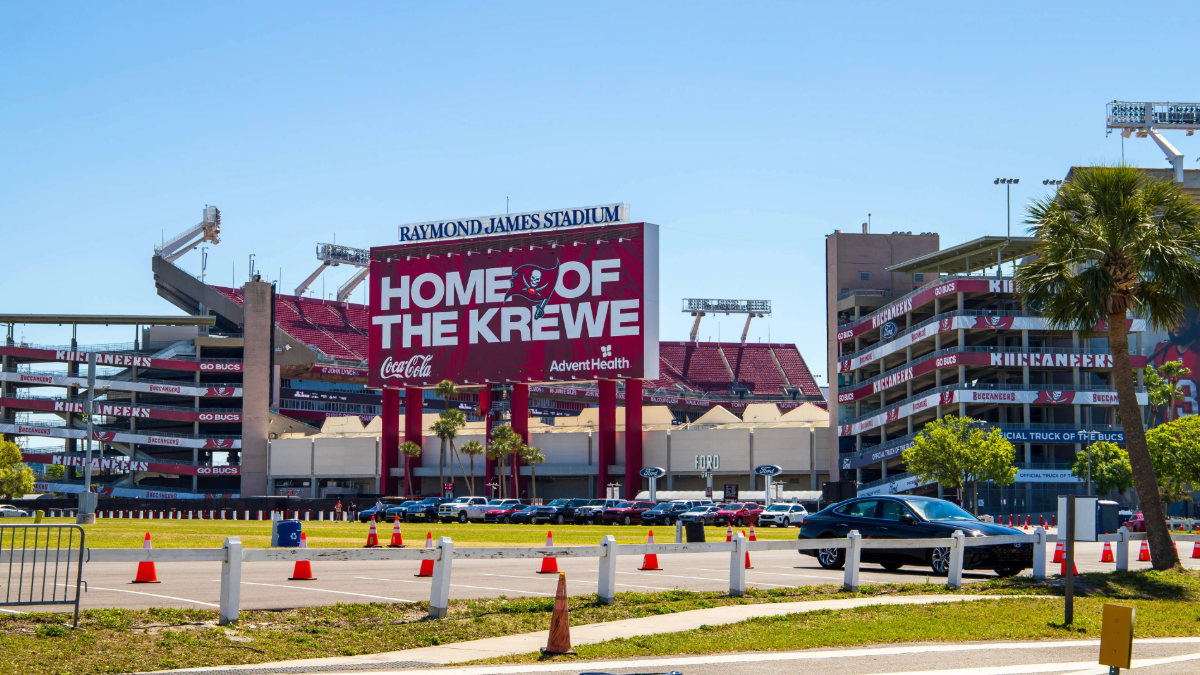The Tampa Bay Partnership and the University of South Florida Muma College of Business released new economic reports showing improvements in workforce education and easing affordability pressures in the region.
The 2025 Regional Competitiveness Report and 2025 Tampa Bay E-Insights Report, unveiled at the annual State of the Region luncheon, benchmark Tampa Bay against 19 similar metropolitan areas.
Key Findings:
- Population Growth: Tampa Bay remains the top metro for attracting new residents, though growth has slowed slightly.
- Education Gains: More residents are earning associate, bachelor and graduate degrees.
- Affordability: The share of income spent on housing and transportation dropped from 57% to 55%.
- Early Learning: Enrollment among 3- and 4-year-olds increased 6.5%, improving the region’s ranking to 10th.
- Literacy: Third-grade reading proficiency rose nearly 6 percentage points, to 54%.
- Disconnected Youth: The number of 16- to 24-year-olds not in school or working has declined by 7,700, since 2018.
Overall, Tampa Bay has improved in 43 of 67 tracked indicators (64%), with a higher ranking in more than a third of the categories.

The reports, supported by Community Foundation Tampa Bay, United Way Suncoast and Florida Blue, help guide policymakers, business leaders and educators in shaping economic strategies.
“These findings highlight progress in key areas like education and affordability, while identifying opportunities to strengthen our talent pipeline,” says Bemetra Simmons, president and chief executive officer of the Tampa Bay Partnership.
A Strengthened Talent Pipeline
Simmons emphasized that collaboration among the business community, nonprofit organizations and early education institutions has played a significant role in improving workforce readiness. “We’ve seen a lot of great, cross-sector partnerships,” she says. “Our early learning coalitions are working with school districts, nonprofits and businesses to improve outcomes, and we’re seeing results.”
One standout improvement is the decline in disconnected youth, those between the ages of 16 and 24 who are neither working nor in school. “We had almost 60,000 young people in this category,” Simmons says. “Through efforts by organizations like the Boys & Girls Club of Suncoast, United Way Suncoast and career training programs, we’re seeing that number drop. It’s about creating pathways—job training, internships, apprenticeships—so young people can find a place in the workforce.”
Affordability and Infrastructure Challenges
While Tampa Bay has made strides in affordability, challenges remain, particularly in transportation and transit. “Affordability continues to be an issue for us,” Simmons noted. “People are being pushed further out from city centers, which is increasing congestion and commute times.”
According to the report, 200,000 workers in Tampa Bay have commutes longer than an hour—a rate three times faster than the national average. “That’s where we see growth choking us,” Simmons says. “We need to focus on transportation solutions that allow workers to access job opportunities, without spending excessive time commuting.”
The region’s pedestrian and bicycle safety also ranked among the worst in the country, with fatalities at 2.5 times the national average. “Our goal should be zero,” Simmons says. “We have work to do in infrastructure to support a safer, more accessible city.”
Income and Transit: A Surprising Connection
Dr. Shivendu, an associate professor at USF’s Muma College of Business, pointed to an unexpected finding in the research: the strong correlation between commute time and median household income.
“Tampa Bay has consistently ranked 20th, out of 20 comparison metro areas, in median household income,” Shivendu says. “But we found that if we could reduce the mean commute time by just five minutes, Tampa Bay could improve its income ranking significantly—jumping from 20th to 16th, within three years.”
The data suggests that investment in public transportation, infrastructure and urban planning policies—particularly around affordable housing near job centers—could help lift wages by allowing more workers to access higher-paying jobs, without long commutes.
Education as the Key to Economic Mobility
Shivendu also highlighted the role of education in addressing income inequality and long-term economic competitiveness. “One of the key reasons for income inequality is educational inequality,” he says. “People without a bachelor’s degree typically earn half of what a college graduate makes.”
To close this gap, Shivendu stressed the importance of investing in K-12 education and expanding access to higher education. “We need better pathways from high school to universities and community colleges,” he says. “This is critical in ensuring that more young people can enter well-paying careers.”
He also noted the importance of STEM (Science, Technology, Engineering and Math) education. “STEM fields not only offer higher wages but also provide resilience in the job market as technology evolves,” Shivendu said. “However, many students are discouraged from pursuing STEM because they lack foundational skills in mathematics and coding. Introducing these subjects early in K-12 education could make a significant difference.”
Using Data for Strategic Action
Both Simmons and Shivendu emphasized that the report is meant to be a tool for policymakers, business leaders and educators to make informed decisions.
“This data isn’t just for researchers—it’s for the community,” Simmons says. “We’re seeing organizations take real action based on this report, from job training initiatives to business-led education programs.”
Shivendu echoed that sentiment, urging business leaders to advocate for stronger K-12 education programs and more investment in public transportation. “Cities that have invested in transit—like Minneapolis—have seen significant improvements in economic mobility,” he says. “Tampa Bay has an opportunity to follow that model.”
A full breakdown of findings and comparison metros is available in the reports: View the full report.













